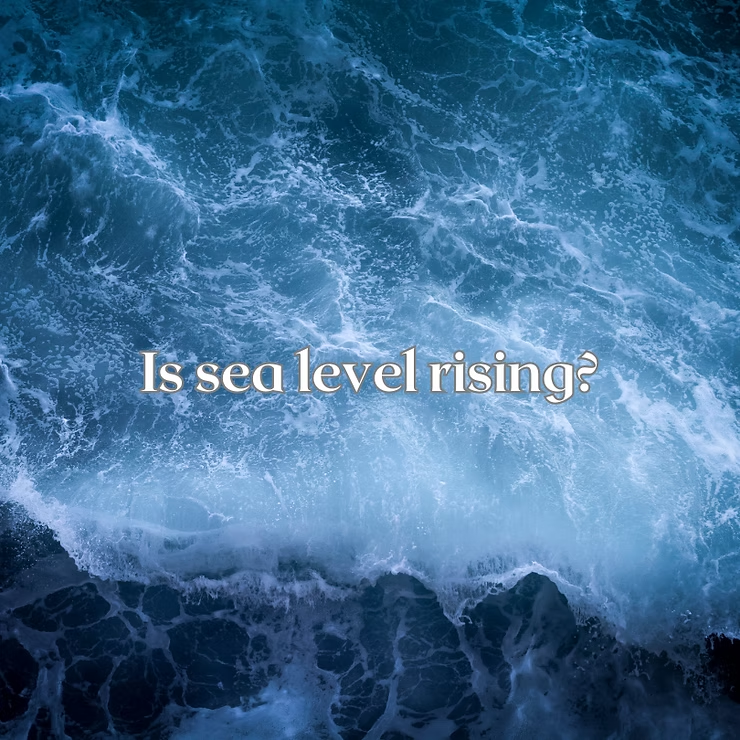Understanding Sea Level Rise
What Is Sea Level Rise?
Sea level rise is the long-term increase in the ocean’s average surface level. It is primarily caused by melting glaciers and ice sheets, as well as the thermal expansion of seawater due to warming temperatures.
Causes
- Global Warming: Higher temperatures accelerate the melting of polar ice caps and glaciers.
- Thermal Expansion: As oceans absorb heat, seawater expands, contributing to higher sea levels.
- Land Subsidence: Natural settling or human activities like groundwater extraction can worsen local sea level rise.
The Role of Climate Change
Climate change drives sea level rise through increased greenhouse gas emissions, causing glacier melt and ocean warming. It also intensifies storm surges, coastal flooding, and erosion, directly impacting communities and ecosystems.
Impacts on Coastal Communities
- Flooding: More frequent and severe floods threaten homes, infrastructure, and livelihoods.
- Erosion: Rising seas wear away coastlines, reducing land and increasing displacement risks.
- Economic Effects: Tourism and local economies suffer as beaches erode and coastal land becomes uninhabitable.
Adaptation measures include sea walls, natural buffers like mangroves, zoning regulations, and resilient urban planning.
Threats to Biodiversity
Coastal ecosystems such as mangroves, coral reefs, and salt marshes are highly vulnerable. Sea level rise can submerge habitats, causing species loss and reducing ecosystem services like coastal protection and carbon sequestration.
| Species | Habitat | Threat Level |
|---|---|---|
| Sea Turtles | Coral Reefs | High |
| Shorebirds | Salt Marshes | Medium |
| Fish | Mangroves | Low |
Adaptation Strategies
- Construct sea walls, levees, and flood barriers.
- Beach nourishment to restore eroded coastlines.
- Land-use planning and relocation of vulnerable communities.
Mitigation Strategies
- Reduce greenhouse gas emissions through renewable energy and energy efficiency.
- Implement nature-based solutions like restoring wetlands, mangroves, and dunes.
- Consider managed retreat in high-risk coastal areas.
The Future Outlook
Sea levels will continue to rise throughout the 21st century, increasing the risk of flooding, erosion, and biodiversity loss. Adaptation and mitigation are critical to protecting coastal communities and ecosystems, alongside global efforts to reduce greenhouse gas emissions.
Conclusion
Sea level rise is a pressing challenge caused by climate change. Immediate action in mitigation, adaptation, and sustainable planning is essential to protect coastal areas, preserve biodiversity, and ensure resilience for future generations.

